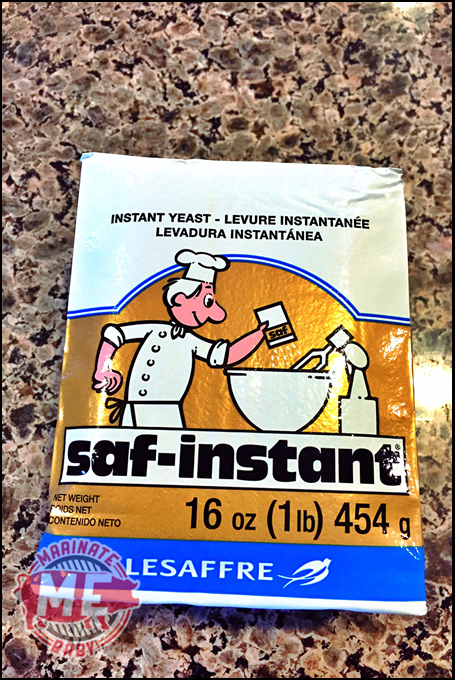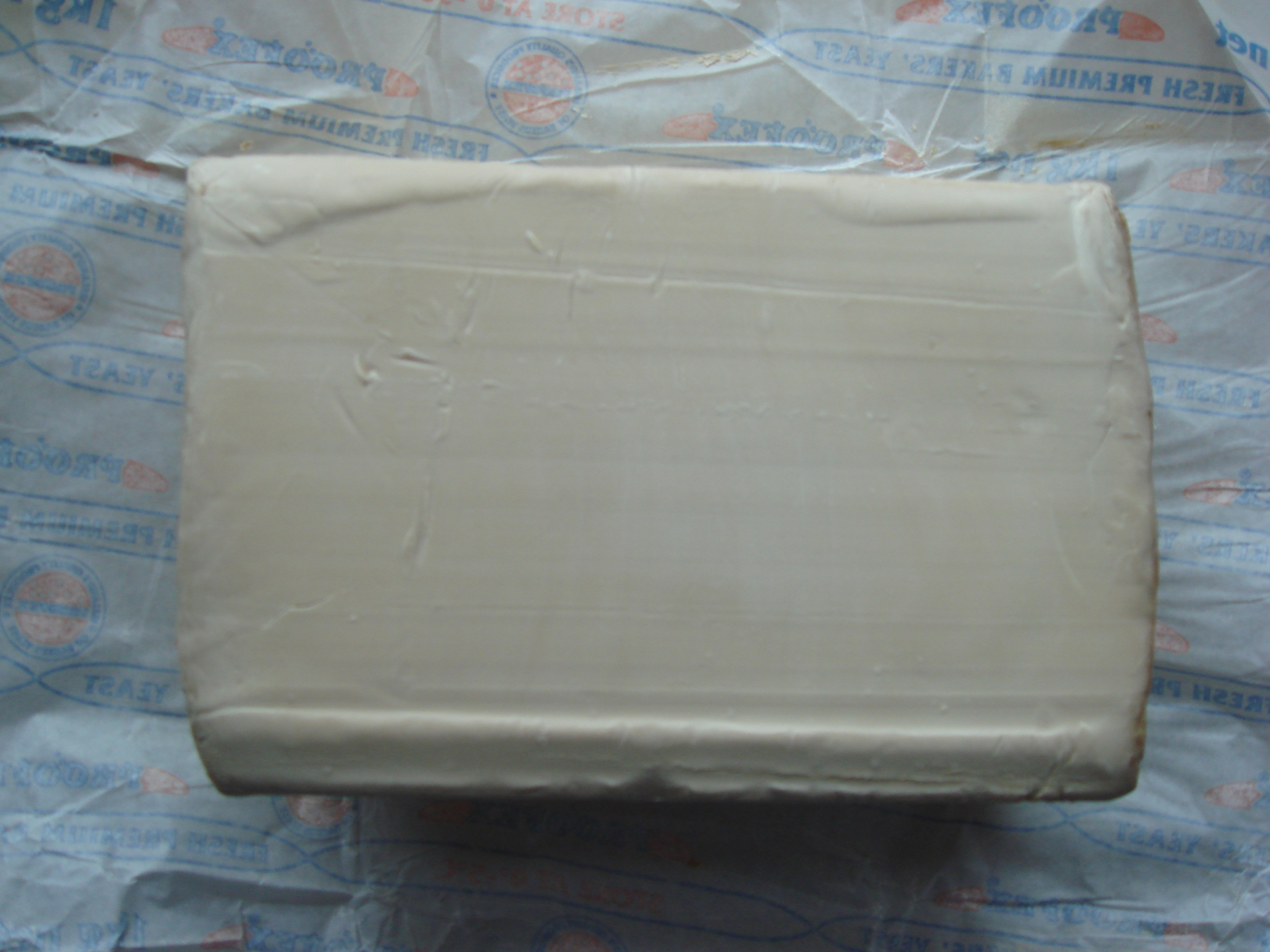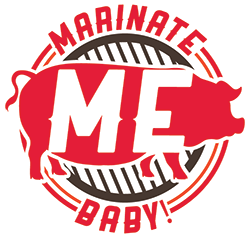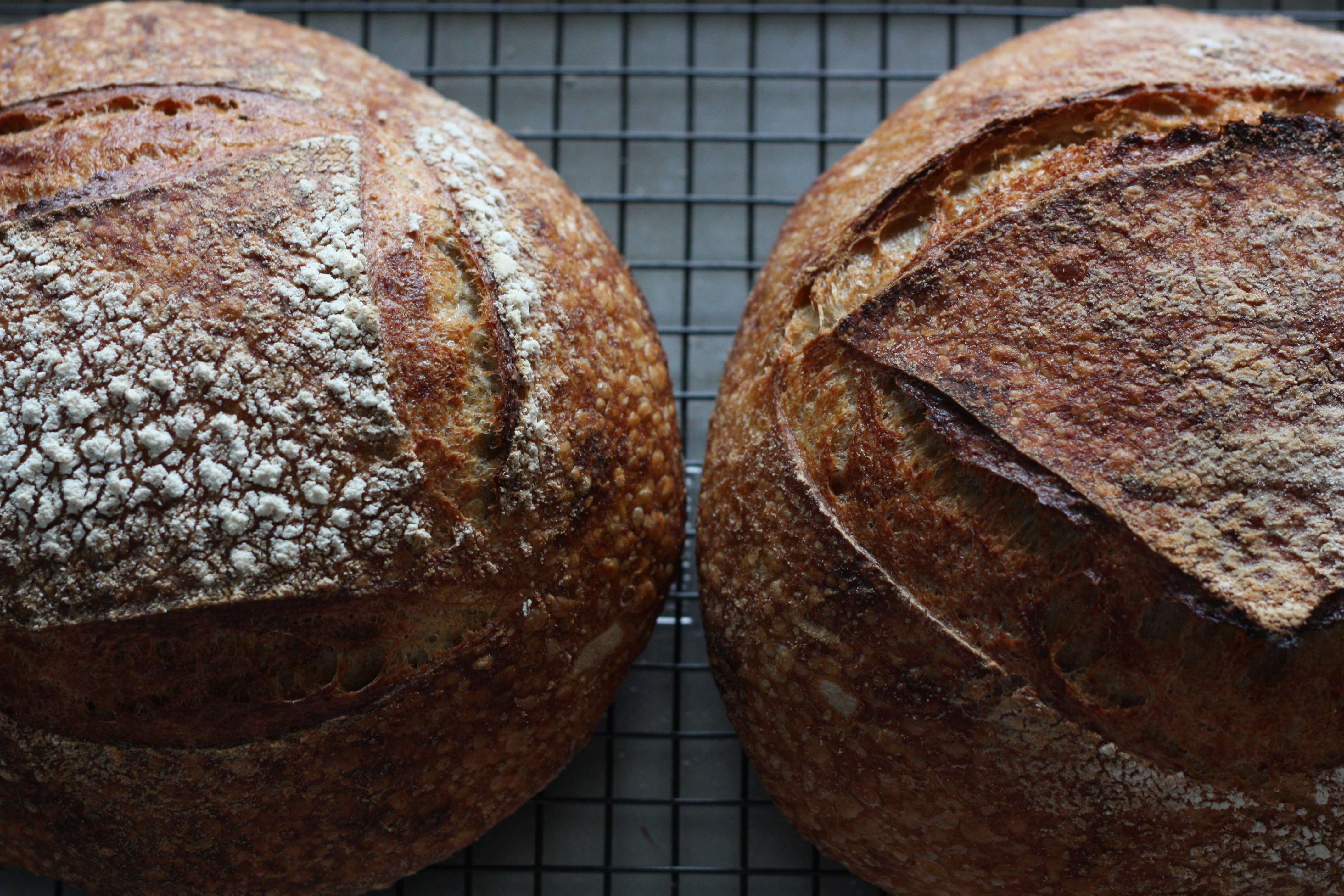Let’s face it, when we use Yeast it’s 99% for bread making. Like you, when I read bread recipes there was a fear lurking in the back of my mind: “What if I turned out a bad loaf of bread?” I would read so many different recipes that instructed to heat your water between 100 and 115 degrees F, then bloom the yeast. Some recipes asked to wait until you would see bubbles, some wanted sugar in the water mixture, some were very militant about when you would add the yeast, or the amount of yeast. So many bread recipes varied on resting times, places to rest the dough.
Couple this with the fact that I married a bread maker. Just shy of 20 years now, I have been married to a bread maker, instructor who would tell me it’s all in the feel. This would blow my mind away, because I want a list of fail safe steps and tasks that will yield me the perfect bread. Every-time. What I learned was the fact is there are a lot of bad bread recipes out there, and that I didn’t have to be so afraid of yeast, in-fact in bread making you can play fast-and-loose with the yeast and you can use any kind you want.
Yeasts are living microbes that basically feed on the flour. While they feed they release gas and alcohol that leaven and flavor the bread. There are three types of yeast you can find in the grocery stores:

Courtesy RedStarYeast.com
Active Dry Yeast
This is the most common type available to the home baker. It’s available in 1/4-oz packets or in a jar. The yeast is in a dormant state, and needs to be “proofed” and rehydrated before using:
- To proof the yeast, sprinkle the yeast over warm water (105-115 degrees F) and a pinch of sugar, let it stand for 10 minutes until creamy and bubbly.
- This yeast should be stored in a cool dry place. Do no use after the expiration date on the package. Store any open containers in the refrigerator.

Photo Courtesy Brian Child
Instant Yeast
This yeast is a dry yeast that has been on the baking scene for the last 30 years or so. It comes in smaller granules than Active Dry Yeast. It absorbs liquid rapidly, and doesn’t need to be hydrated or proofed before being mixed into your flour.
- You may see it branded as Bread Machine Yeast or Rapid Rise Yeast is an instant yeast, and it may contain ascorbic acid, a dough conditioner.
- Store this yeast in a cool dry place, or in the refrigerator once the package seal is opened. Do not use the yeast past the expiration date.

Fresh Yeast
This is also known as compressed, or cake yeast, and it is an active yeast. It’s generally only sold in tiny cakes in the refrigerated section of the supermarket.
- Fresh yeast does not keep well at all; it will last only two weeks at best if it’s refrigerated. The yeast should look a pale gray-brown, fragrant, soft and crumbly texture. It should not look hard, dark grown or crusty. Any mold that may grow on the surface is an indication you need to discard this yeast.
- Fresh yeast should be proofed in tepid water (80-90 degrees F) with out contact with salt or sugar. This yeast is good for breads that might require a long cool rise, or breads made using a sponge method.
I prefer SAF brand. This Active Dry yeast performs the best out of all three options and in a sealed container has a very long shelf life, especially if you freeze it.


